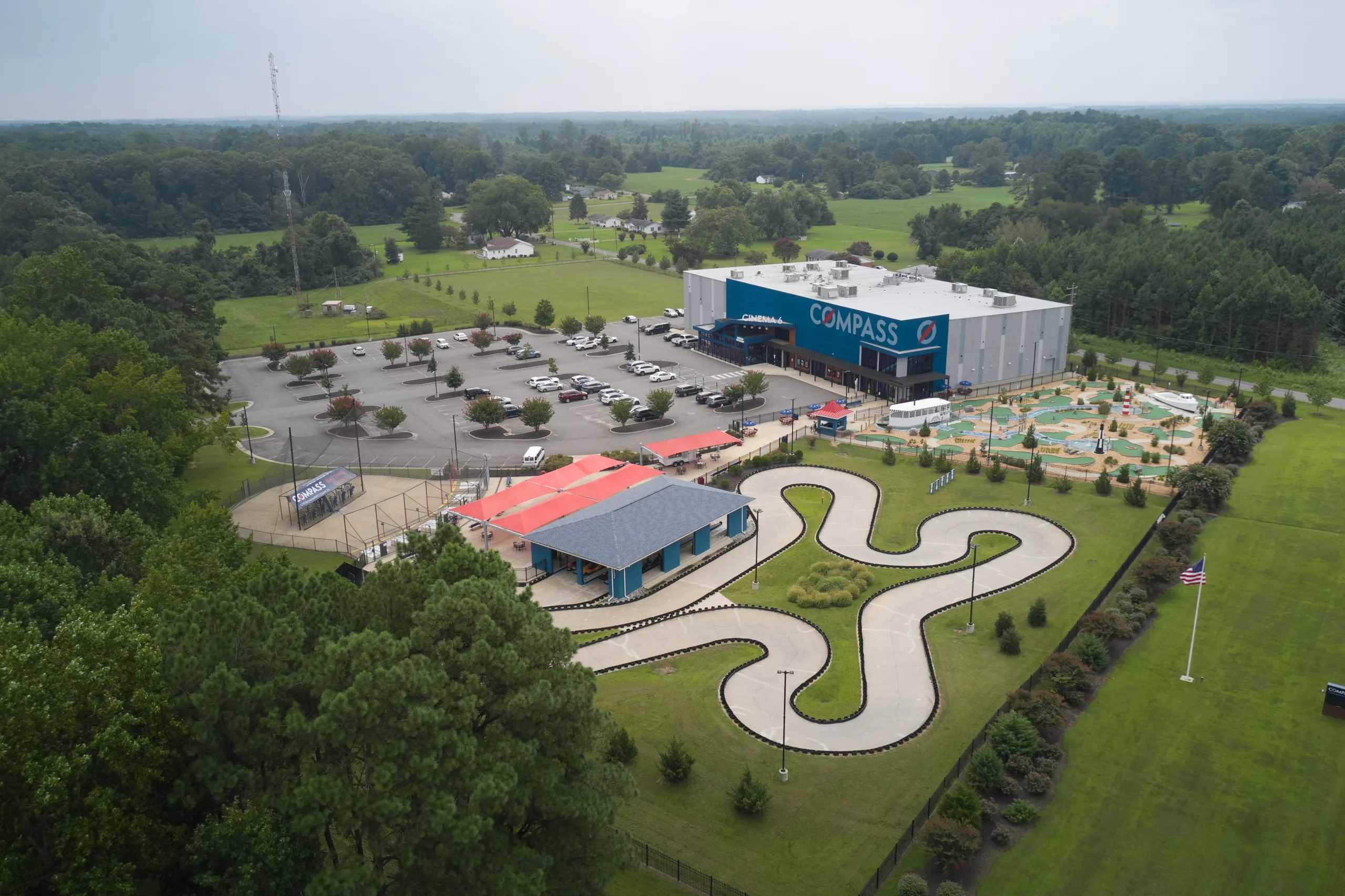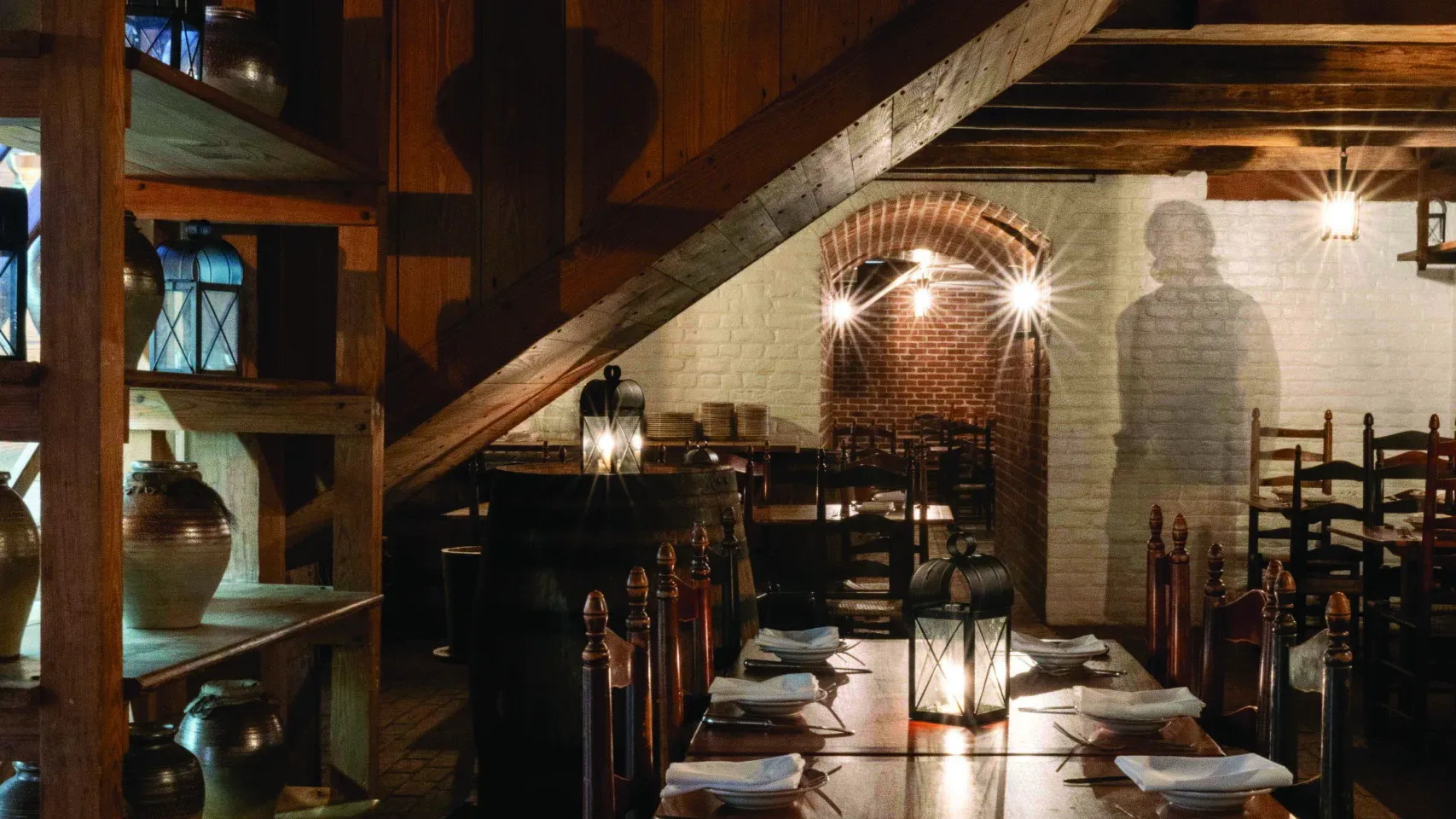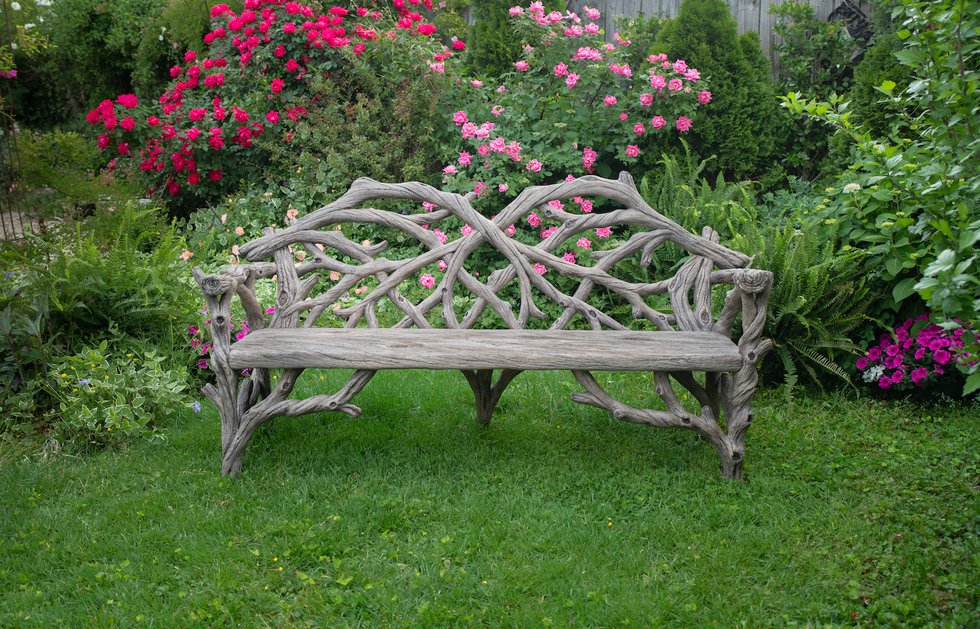The showy flower flourishes at Pharsalia, a 200-year-old Nelson County estate.

A grouping of early spring flowers, including pink and white tree peonies from 60-year-old plants at Pharsalia.

A raspberry ice peony.

Foxie Morgan.

Yellow Itoh hybrid garden treasure peonies.
Photography by Kathleen Toler
Of the profusion of May blooms, peonies reign supreme, with what garden writer Henry Mitchell once called “a rare fusion of fluff and majesty.” For Foxie Morgan, her passion for peonies—she grows more than 1,000—is beyond a mere affinity for the fragrant blossoms of delicate petals that flutter with the drama and romance of a ball gown. These surprisingly hardy, long-lived perennials play a significant role in sustaining Pharsalia, her fifth-generation family estate in the Blue Ridge Mountains of Nelson County.
For more than 20 years, Morgan and her peonies have been a fixture at farmers’ markets from Charlottesville to Lynchburg, and she is known as much for selling a wide variety of fresh-cut blossoms from her flower farm at Pharsalia—daffodils, lilacs, hydrangeas, dahlias and sunflowers among them—as she is for her warm and vibrant personality. “How can you give flowers to someone and not make them happy?” asks the amiable 63-year-old grandmother of four. “It’s a happy business.”
This May, Morgan will host peony-arranging workshops at Pharsalia in which participants will gather peonies from the grounds, ranging from the common white, pink and magenta hues to the more unusual coral, red and yellow varieties, some with multiple colors within one bloom. Peonies vary widely from the ruffled pom-poms of bomb doubles to singles with a splashy, central crown of golden stamens, with many hybrid variations in between. Most peonies are herbaceous, with bushy, deep green foliage that dies down to the root in winter; the woody stems of tree peonies remain visible year-round. Among Morgan’s favorites are dramatic Itoh peonies, a Japanese hybrid of herbaceous and tree peonies.
Despite their glamour, Morgan says, “Peonies are very forgiving. They just do their thing and come back every year.” She advises choosing their location in the garden wisely since peonies can take several years to become established or recover from transplanting. Peonies thrive in full sun and well-drained soil with organic matter. “The biggest mistake most people make is that they plant them too deep,” she explains. “The top buds or ‘eyes’ on the root should be no more than an inch below the ground.”
Although fertilizing isn’t mandatory, Morgan applies an organic fertilizer around the drip line of the peony plant in January or February and again in July. Planting and transplanting should be done in early fall with care to avoid damaging the thick roots.
After the dark green foliage turns brown in late fall, Morgan cuts the bushy perennials to the ground, burning the patch to eradicate weed seeds and disease. While burning may not be practical for most home growers, diseased foliage must be removed from the garden. Fungus, particularly botrytis, can develop due to excessive moisture and lack of airflow among leaves. If necessary, treat with a fungicide in early spring. Morgan relies upon birds instead of pesticides to keep insects at bay. Ants can often be found crawling on peonies, but they are only ingesting nectar in exchange for guarding the plant from harmful insects. To avoid bringing ants inside, cut the blooms before they fully open when it’s easy to brush them away.
When cutting, Morgan recommends that everything—clippers, buckets and vases—be cleaned with soap and water to eliminate bacteria. After removing the lower leaves, cut stems under cold water, refrigerating for at least four or five hours to remove any heat. Recut stems, place into water mixed with flower food, keep the vase out of direct sunlight and change the water regularly.
Because they are in popular demand for weddings, Morgan employs a special method of holding double peonies, which maintain their shape best, for up to two months. When the round buds begin to show color and feel soft “like a marshmallow” when squeezed, she cuts them and strips all but the topmost leaves. Instead of storing them in water, she stacks them—dry—on shelves in her walk-in cooler. (The same technique can be accomplished in a refrigerator.) When you’re ready to use the peonies, she says, “You recut them, put them in warm water and they come back to life.”
In addition to flower farming, Morgan runs another happy business: Pharsalia has been a wedding venue since 2007. Most of the brides who wed at Pharsalia choose to use Morgan’s flowers. She often arranges the flowers herself or helps the bridal party make their own bouquets and boutonnières. The peonies she grows in abundance are among the most popular of all wedding flowers, particularly the double pale-pink and creamy varieties.
Pharsalia is, indeed, a storybook setting for weddings. Couples usually choose to marry on the lawn in front of the white, Federal-style house with DePriest Mountain, the highest peak in Nelson County, presiding in the background. Perched in the foothills and surrounded by family-run vineyards and orchards, Pharsalia commands a view of the Tye River valley below. Built in 1814, Pharsalia was a wedding gift for Morgan’s great-great-grandfather, William Massie, from his father, Major Thomas Massie, a distinguished Revolutionary War veteran. (The estate was named for “Pharsalia,” an epic poem by the Roman poet Lucan about the Battle of Pharsalus in northern Greece between Julius Caesar and Pompey the Great.)
An enterprising, experimental farmer, William Massie grew Pharsalia into a successful, 10,000-acre plantation yielding wheat, hops, tobacco, apples and smoked hams. Remarkably, many of the original outbuildings, including barns, an ice house, a smokehouse, a kitchen, laundry and slave quarters are still in use today, albeit for different purposes, and give the estate a character worthy of its place on the National Register of Historic Places and the Virginia Landmarks Register.
Although William Massie’s first three wives died from illness, his fourth wife, Maria, survived him. She struggled to keep Pharsalia running despite the loss of her husband, money and slaves during the Civil War. Pharsalia was sold after her death in 1889.
Morgan’s parents—with the help of her grandparents (her maternal grandmother was a descendant of William Massie)—fulfilled a dream to bring Pharsalia back into the family shortly after she was born in 1951. One of five children, Morgan lived in Lynchburg where her father was an optician, but spent weekends and summers working on the farm, gardening alongside her mother. “It took everything they had to keep it going,” says Morgan, who married her husband, Richard, at Pharsalia in 1974 and raised their three children there, now grown. “I’m just the caretaker for this period of time.”
The Morgans, with some family and hired help, work to maintain Pharsalia and make it a self-sustaining operation. In addition to weddings and the flower farm, Morgan manages an exhaustive list of events: farm-to-table dinners, private parties, cooking classes and garden-related workshops. An active member of the Lynchburg Garden Club, Morgan often supplies flowers for the Garden Club of Virginia’s Historic Garden Week tours and hosted the organization’s annual Horticulture Field Day last May.
Peonies that Morgan’s mother planted 50 years ago are among the oldest perennials at Pharsalia (some peonies have been known to live as long as 100 years). The peonies that Morgan has planted will bloom for her children and grandchildren to enjoy and perhaps will continue to fill the bouquets of brides at Pharsalia for decades to come.
“We feel like Pharsalia is a real secret treasure,” says Morgan. “The flower business helps us tell the world that you need to come here to see the history and enjoy it.”
For information about Morgan’s upcoming peony workshops at Pharsalia, go to PharsaliaEvents.com










